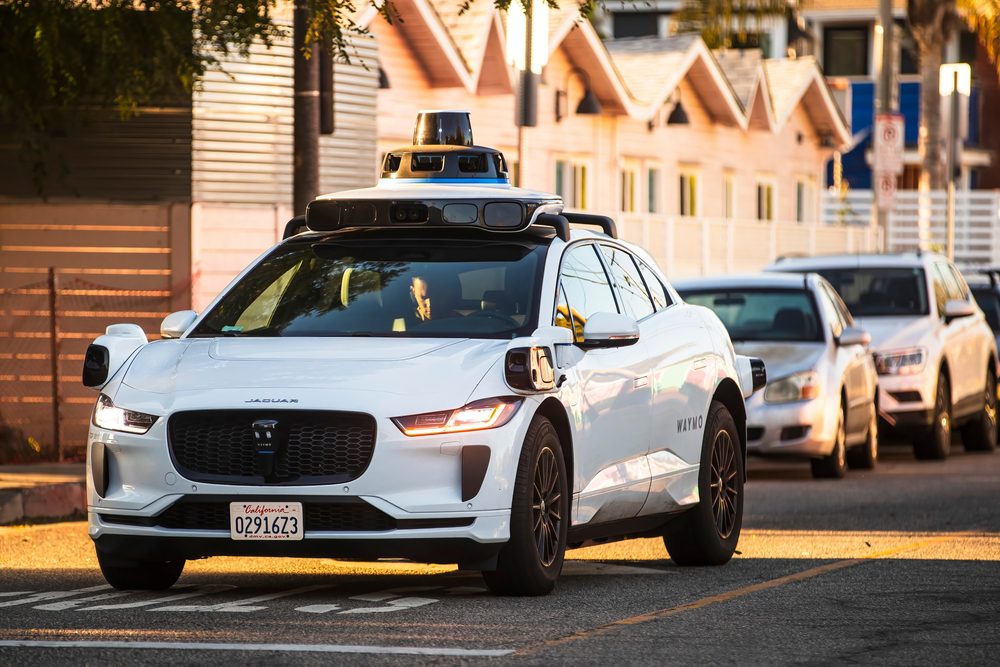
Self-driving cars have been promised for decades.
In 2025, the pieces are finally snapping into place — AI breakthroughs, regulatory pilots, and real money pouring in.
The question is not if, but when, the robots take the wheel.
Where We Are Now
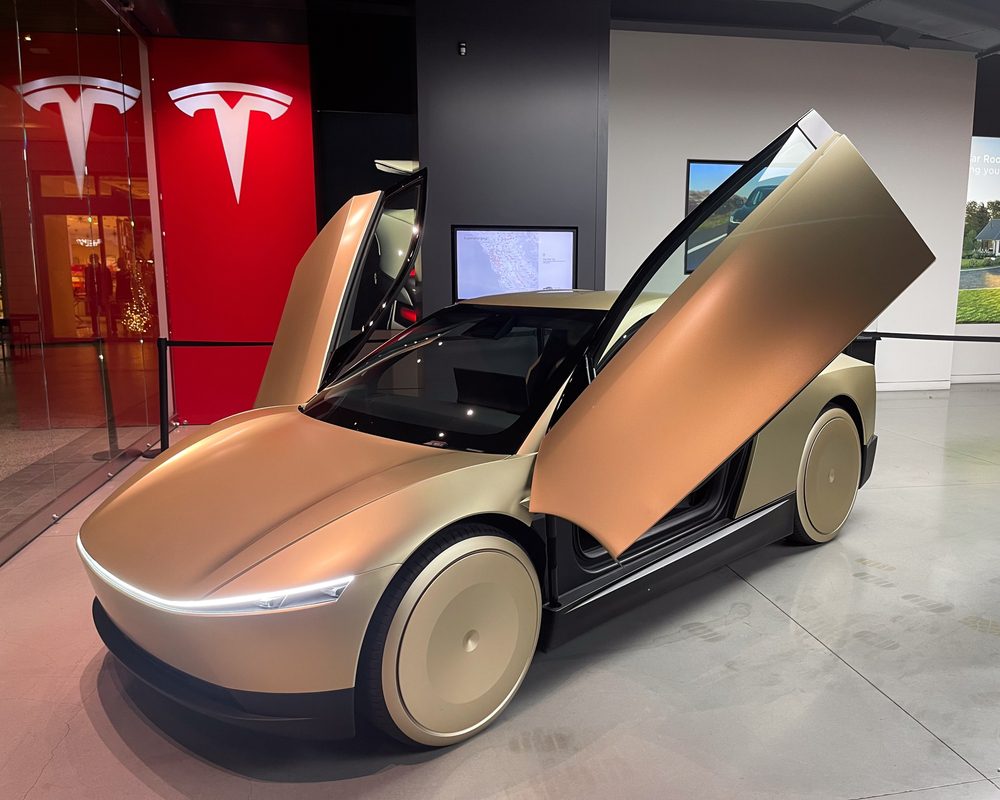
Level 1–2 autonomy is standard: adaptive cruise, lane centering.
Early Level 3 features rolling out in luxury cars.
Expect 10–12% of new cars to have L3 by 2030.
2028–2035: Robotaxis Take Off

Level 4 fleets debut in dense, geofenced urban zones.
Long-haul trucking sees the earliest broad adoption.
Market forecast: ~$135B global AV industry by 2030.
2035–2045: Mainstreaming Autonomy
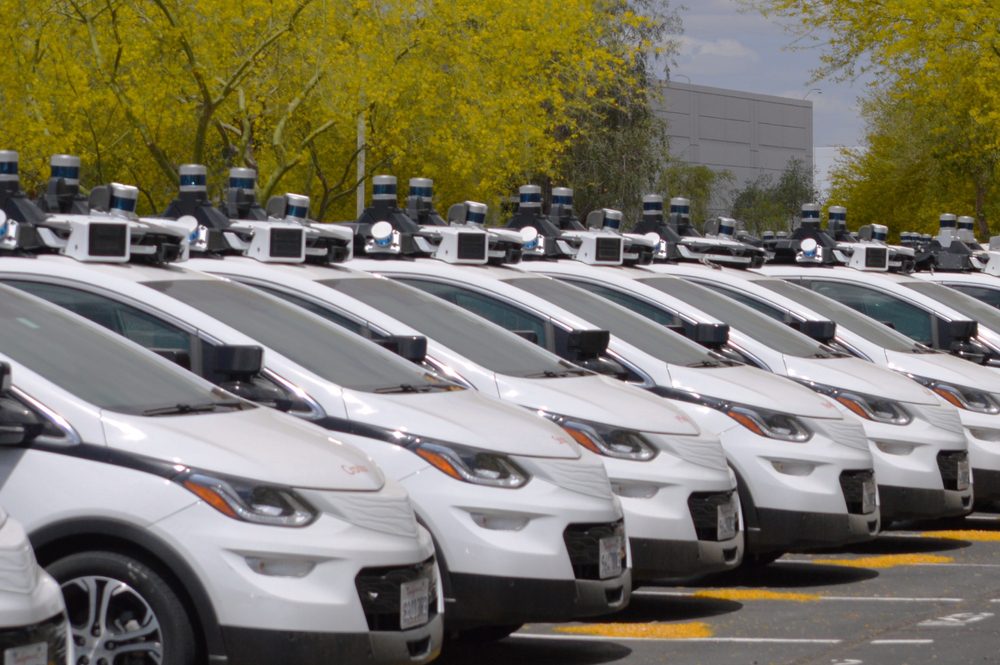
Level 4 autonomy spreads beyond test zones.
Shared robotaxis and micro-transit cover half of urban miles by 2040.
Consumer L4 cars become common in favorable conditions.
2045–2055+: The Fully Driverless Era
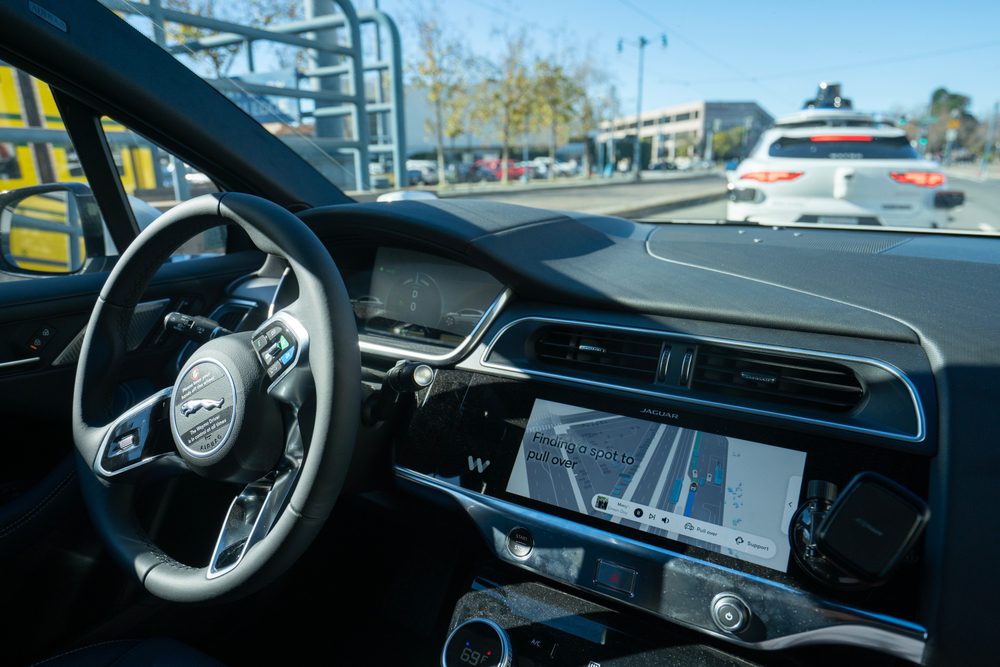
Level 5 autonomy matures: no steering wheel, no human oversight.
Mobility-as-a-service replaces much of car ownership.
Infrastructure, insurance, and city design evolve around robots.
What Could Delay Us
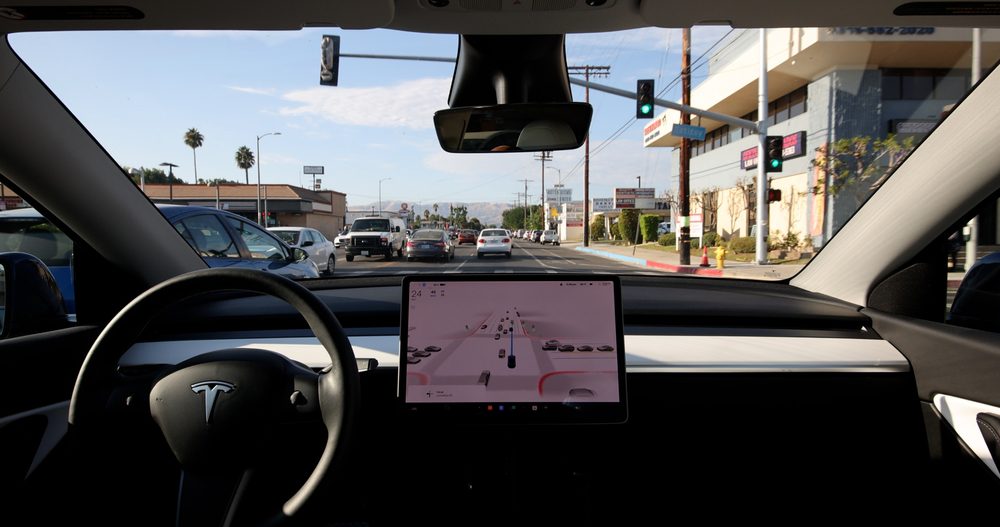
Edge cases: snow, construction, human unpredictability.
Liability law and insurance hurdles.
High costs for sensors and redundancy systems.
Public trust — every accident draws scrutiny.
Headlines to Watch
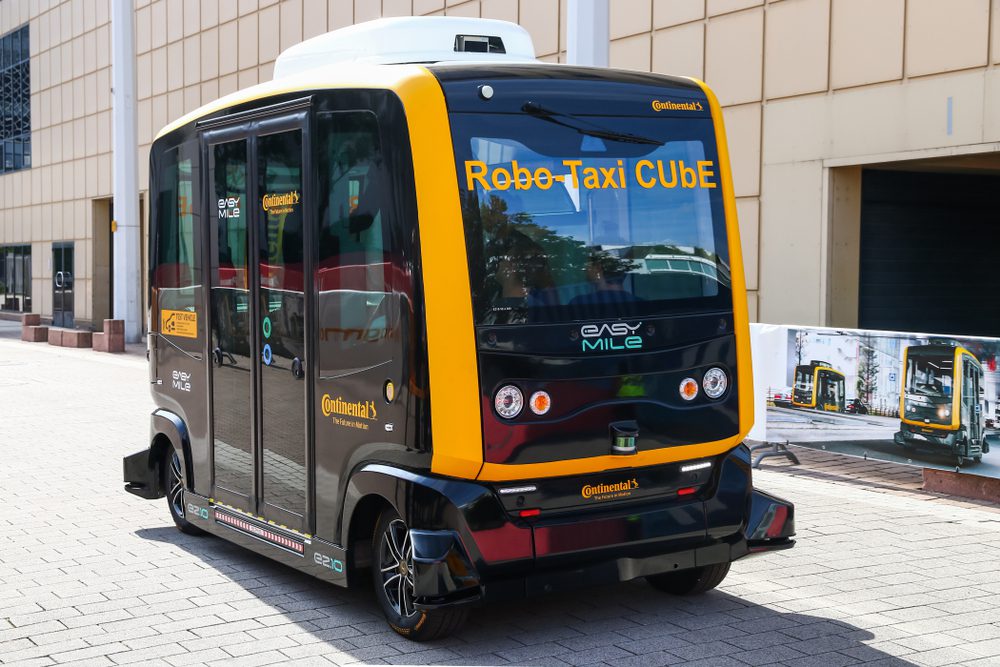
2025–2027: Pilot projects in major cities.
2026: Uber trials self-driving taxis in London.
2030: First consumer cars with L4 features.
2035–2040: Rapid scaling in cities worldwide.
Prediction
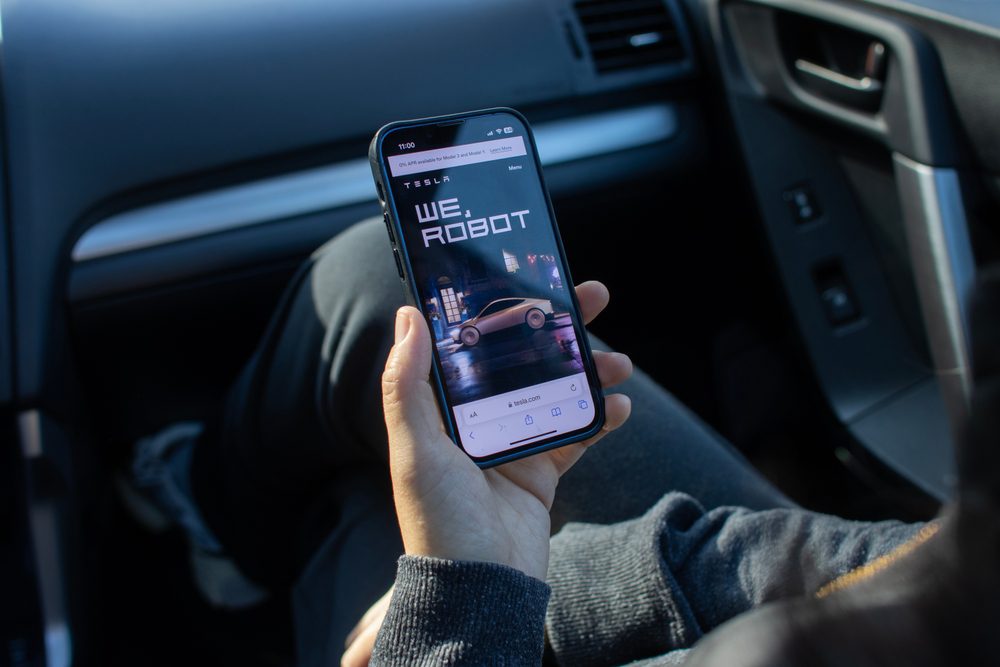
Self-driving cars won’t flip on overnight — they’ll roll out in waves. Robotaxis and freight trucks lead in the late 2020s. By the 2040s, autonomy will be mainstream. By the 2050s, expect a world where the steering wheel is history.
























